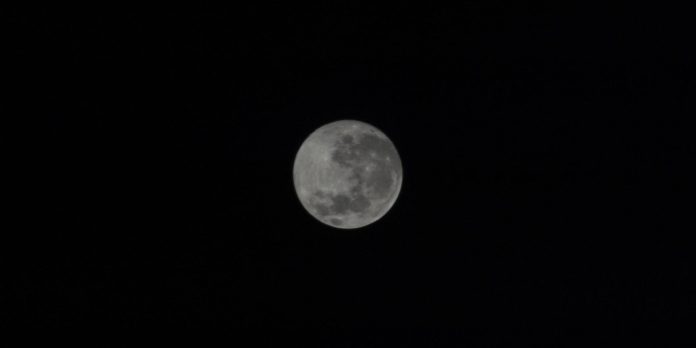Вчені припускають, що Земля зіграла набагато більшу роль у формуванні Місяця, ніж це вважалося раніше. Останнє дослідження, опубліковане в журналі PNAS, ставить під сумнів широко відому теорію про катастрофічне зіткнення Землі з протопланетою Тейя, яке нібито призвело до утворення нашого природного супутника. За новими даними, Місяць утворився здебільшого з матеріалу мантії Землі, а участь Тейї була мінімальною.
Місяць існує більше 4 мільярдів років, і його походження довгий час було предметом інтенсивних наукових досліджень. Найпоширенішою є гіпотеза, згідно з якою супутник з’явився після того, як Земля зіткнулася з великою протопланетою, відомою як Тейя. Це зіткнення, за цією теорією, викинуло в космос велику кількість матеріалу, з якого згодом утворився Місяць. Проте нове дослідження виявило важливі ознаки, які не відповідають цьому сценарію.
Одним з основних доказів стали результати дослідження ізотопів кисню в гірських породах Землі та Місяця. Виявилося, що ізотопний склад кисню-17 у зразках з обох тіл дуже схожий, що є значним викликом для теорії про втручання Тейї. Якщо б Тейя дійсно була частиною процесу формування Місяця, її ізотопний склад повинен був би суттєво відрізнятися від земного. Однак ці дані вказують на те, що більша частина матеріалу, з якого утворився Місяць, була, ймовірно, взята саме з мантії Землі.
Вчені також виявили нові підказки, що стосуються води на Землі. Згідно з популярною теорією, вода потрапила на Землю в результаті метеоритних дощів після утворення Місяця. Однак нове дослідження виявило, що цей процес, ймовірно, відбувся значно раніше, в період формування планети. Вчені виявили, що більшість води на Землі, ймовірно, була принесена метеоритами класу енстатитові хондрити, які доставили воду на ранні етапи існування нашої планети.


